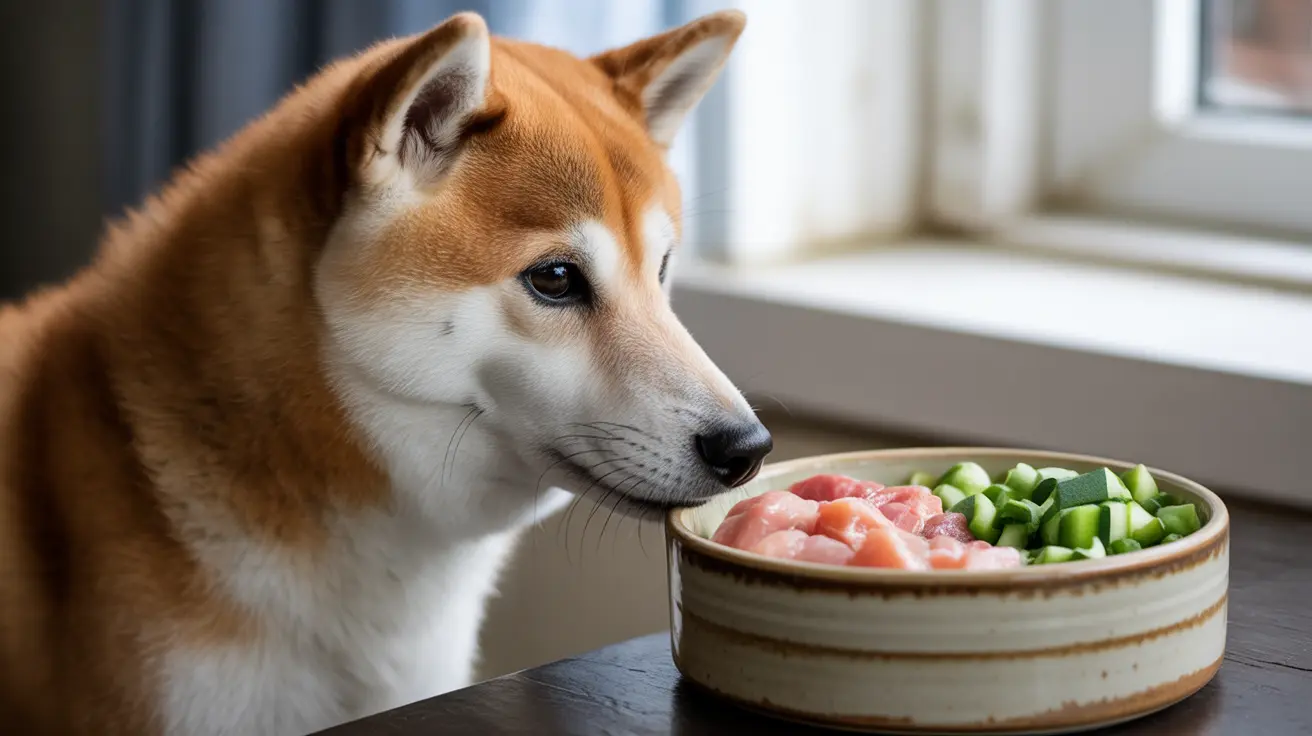Understanding the Risks of Icing for Dogs
Many dog owners wonder about sharing sweet treats with their furry friends, especially during celebrations involving cake and icing. However, feeding dogs traditional icing can pose serious health risks that every pet parent should understand.
While a tiny lick of icing might seem harmless, the ingredients commonly found in frosting and icing can cause both immediate and long-term health problems for dogs. Let's explore why icing isn't safe for your canine companion and what alternatives you can consider instead.
Why Icing Is Dangerous for Dogs
Sugar and Fat Content
Traditional icing is primarily composed of sugar and fat, neither of which are suitable for dogs. The high sugar content can lead to obesity, dental problems, and even diabetes in dogs. Additionally, the substantial fat content from butter, shortening, or cream can trigger painful pancreatitis, a serious inflammatory condition of the pancreas.
Toxic Ingredients
Many types of icing contain ingredients that are toxic to dogs:
- Xylitol (artificial sweetener) - can cause severe hypoglycemia and liver failure
- Chocolate or cocoa powder - contains theobromine, which is toxic to dogs
- Meringue powder - often contains grape-derived ingredients that can cause kidney failure
- Artificial colors and flavors - may cause allergic reactions or digestive issues
Symptoms of Icing Consumption in Dogs
If your dog has consumed icing, watch for these warning signs:
- Vomiting and diarrhea
- Lethargy or unusual restlessness
- Excessive thirst or urination
- Tremors or seizures (particularly if xylitol was present)
- Loss of coordination
- Abdominal pain or bloating
Safe Alternatives to Traditional Icing
For special occasions, consider these dog-safe alternatives to traditional icing:
- Plain, unsweetened yogurt
- Pureed pumpkin or sweet potato
- Mashed banana
- Dog-specific icing products from pet bakeries
- Greek yogurt mixed with a small amount of peanut butter (xylitol-free)
What to Do If Your Dog Eats Icing
If your dog consumes icing, take these steps:
- Determine the type and amount of icing consumed
- Check the ingredients list for toxic substances
- Contact your veterinarian immediately if toxic ingredients are present
- Monitor your dog closely for adverse reactions
- Never induce vomiting without veterinary guidance
Frequently Asked Questions
Can dogs safely eat traditional icing or frosting found on human cakes?
No, dogs should not eat traditional icing or frosting. These products contain high levels of sugar and fat that can cause obesity, diabetes, and dental problems in dogs. Additionally, they may contain toxic ingredients like xylitol or chocolate.
What are the health risks if my dog eats icing containing sugar or xylitol?
Sugar can cause obesity, diabetes, and dental issues. Xylitol is extremely dangerous and can cause rapid hypoglycemia, seizures, liver failure, and potentially death in dogs, even in small amounts.
What symptoms should I watch for if my dog accidentally consumes a large amount of icing?
Watch for vomiting, diarrhea, lethargy, excessive thirst, tremors, and abdominal discomfort. If your dog shows any of these symptoms, contact your veterinarian immediately.
Are there any dog-friendly alternatives to human icing for decorating dog treats?
Yes, safe alternatives include unsweetened plain yogurt, pureed pumpkin, mashed banana, or specially formulated dog-safe icing products. Always ensure any ingredients used are free from xylitol and other harmful additives.
What should I do immediately if I suspect my dog ate icing with toxic ingredients like chocolate or xylitol?
Contact your veterinarian or emergency animal hospital immediately. Don't wait for symptoms to appear, as quick action can be crucial. Have the icing's ingredient list ready if possible, and follow your vet's instructions precisely.
Conclusion
While it might be tempting to share sweet treats with your dog, traditional icing poses significant health risks and should be avoided. Instead, opt for dog-safe alternatives when celebrating special occasions with your furry friend. Always prioritize your pet's safety and consult with your veterinarian if you have concerns about what treats are appropriate for your dog.






